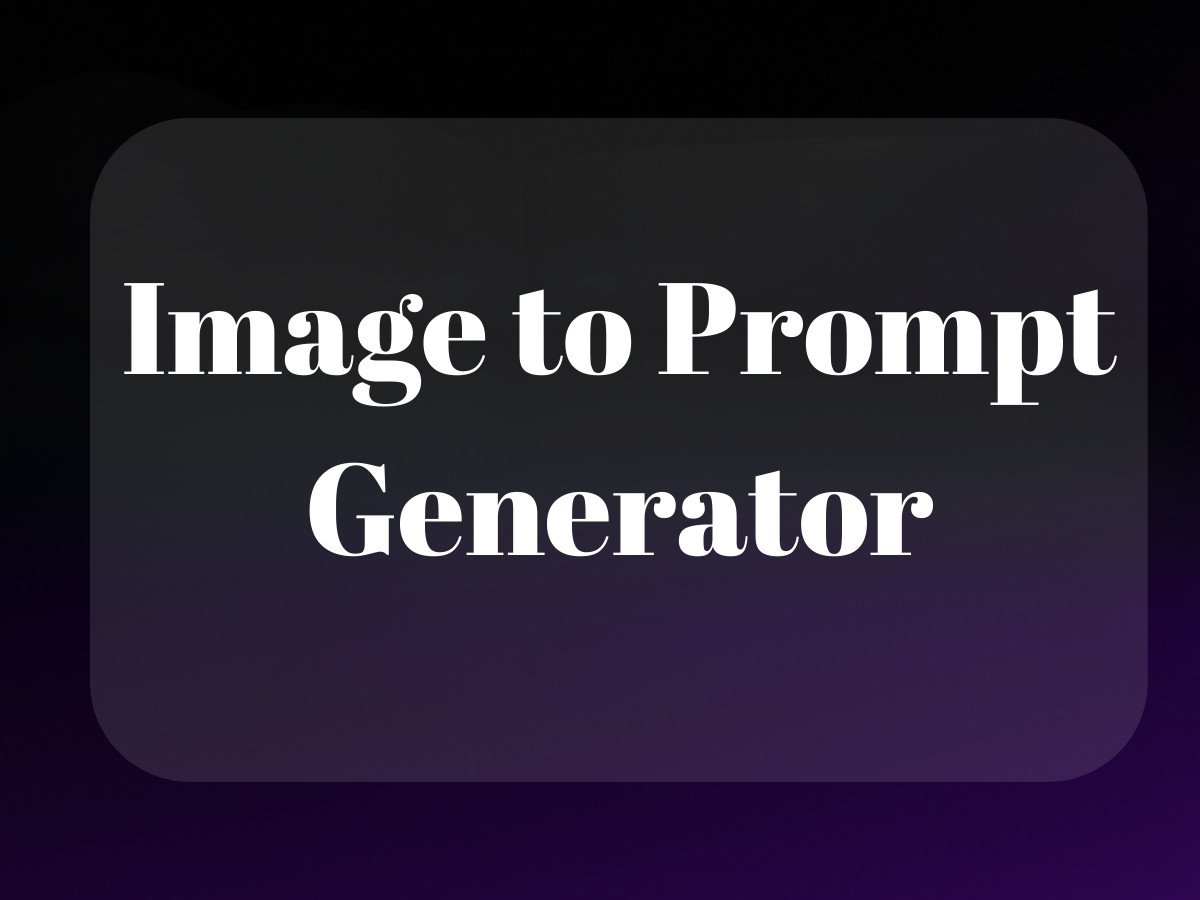We’ve all heard the hype about sentiment analysis models. They’re supposed to be these magical tools that can read emotions through text like some kind of digital empath. Yet here we are, watching them struggle to detect obvious sarcasm and get confused by double negatives.

This gap between promise and reality isn’t about the technology being oversold – it’s about us fundamentally misunderstanding what these models can and should do. We’ve cast them in the role of human emotion experts when we should be thinking of them more like interns with a very specific skill set: they’re good at pattern recognition, but need clear guidelines and supervision to deliver reliable results.
Understanding Sentiment Analysis Models: Beyond the Basics
At their core, sentiment analysis models are pattern recognition systems trained to classify text into emotional categories. Think of them as sophisticated mood rings for text – they don’t actually understand emotions, but they can reliably detect patterns that humans have labeled as positive, negative, or neutral.
The reason this matters for ecommerce brands and content creators isn’t just about monitoring brand mentions or customer feedback. It’s about understanding the emotional landscape of your market at scale. When you’re dealing with thousands of customer interactions daily, you need tools that can help you prioritize where human attention is most needed.
The Evolution of Sentiment Analysis
Remember when we used to think keyword spotting was enough? “Great” equals positive, “terrible” equals negative – simple, right? But language is messy. “This product is not terrible” is technically positive, but early models would flag it as negative. The evolution from these simple rule-based systems to today’s context-aware models is like going from a flip phone to an iPhone – same basic function, wildly different capabilities.
Popular Sentiment Analysis Models in Action

Let’s cut through the marketing fluff and look at what actually works. BERT and RoBERTa are like the Swiss Army knives of sentiment analysis – they’re versatile but might be overkill for simple tasks. DistilBERT is more like a reliable pocket knife – it gets the job done with less computational overhead.
Choosing the Right Model for Your Needs
I see too many brands going for the most sophisticated model available when they don’t need to. If you’re analyzing English-language product reviews, you don’t need a multilingual model like XLM-RoBERTa. That’s like buying a translation dictionary when you only need to read English – it’s unnecessary complexity.
The Role of Fine-tuning
Here’s where it gets interesting for ecommerce brands. Pre-trained models are like employees with general education – they have the basics down but need specific training for your industry. Fine-tuning is that specialized training, and it’s often the difference between mediocre and exceptional results.
Implementation Challenges and Solutions
The biggest challenge I see isn’t technical – it’s strategic. Brands often implement sentiment analysis without a clear plan for what to do with the insights. It’s like having a sophisticated security system but no protocol for when it detects something. You need to build workflows around your sentiment analysis tools.
Common Implementation Pitfalls
Let’s talk about what usually goes wrong. First, there’s the “set it and forget it” approach – treating sentiment analysis like a smoke detector that’ll automatically alert you to problems. Then there’s the opposite extreme – obsessing over every minor sentiment fluctuation like it’s your company’s vital signs. The sweet spot is somewhere in between.
Practical Solutions for Scalability
For most ecommerce brands, the key is finding the right balance between automation and human oversight. Your sentiment analysis model should be like a good assistant – filtering and prioritizing information, but not making final decisions. This means setting up clear thresholds for human review and having processes in place for both positive and negative sentiment triggers.
The future of sentiment analysis isn’t about perfect emotion detection – it’s about better integration with human decision-making processes. As these models continue to evolve, the winners won’t be those with the most sophisticated technology, but those who use it most effectively to enhance human capabilities rather than replace them.
Understanding Sentiment Analysis Models

Let’s be honest – sentiment analysis models are a bit like those mood rings we had as kids. They’re trying to decode emotions, but instead of using mysterious color-changing crystals, they’re using algorithms and math. And just like those rings, they don’t always get it right.
But here’s the thing: while mood rings were pure novelty, sentiment analysis has become a cornerstone of how brands understand their customers. It’s the difference between blindly pushing products and actually listening to what people want.
The Evolution of Sentiment Analysis Models
We’ve come a long way from simple keyword matching – you know, the kind that would mark “This product is not bad” as negative because it spotted the word “bad”. Modern sentiment analysis models are more like linguistic detectives, piecing together context, tone, and nuance to understand what people really mean.
Think of it as the difference between a rookie cop who sees everything in black and white, and a seasoned detective who can read between the lines. Today’s models can pick up on sarcasm, understand cultural references, and even detect when someone’s being passive-aggressive (something my New York neighbors have turned into an art form).
Popular Pre-trained Sentiment Analysis Models
The market is flooded with pre-trained models, each claiming to be the next big thing in sentiment analysis. But let’s cut through the hype and look at what actually works.
Transformer-Based Models
BERT and RoBERTa are like the Swiss Army knives of sentiment analysis – versatile, reliable, but sometimes a bit overqualified for simple tasks. Think of them as that overachieving intern who has three degrees but still needs to learn how to work the coffee machine.
DistilBERT, on the other hand, is like BERT’s more efficient cousin – gets the job done with less fuss. It’s perfect for when you need quick results and don’t want to spin up a small data center just to analyze some tweets.
Specialized Models
Gemma 2 9B and Mistral-Samantha are the new kids on the block. They’re like those AI chatbots that have somehow learned to understand not just what people say, but what they mean. They’re particularly good at picking up on subtle emotional undertones – the kind of thing that makes the difference between “fine” and “fine!”
Implementing Sentiment Analysis with Python

Now, I know what you’re thinking: “Great, another tutorial that’s going to make my eyes glaze over with code.” But stick with me – this is actually pretty cool.
Basic Implementation
The beauty of modern sentiment analysis is that you can get started with just a few lines of code. It’s like having a focus group in your pocket, ready to analyze thousands of customer comments while you grab your morning coffee.
Customizing Model Selection
This is where things get interesting. You can fine-tune these models to understand your specific audience. Running an ecommerce store selling skateboards? Train your model to understand that “sick” probably means “awesome” and not “unwell”.
Fine-tuning and Customizing Sentiment Analysis Models
Fine-tuning a sentiment analysis model is like teaching a new employee about your company culture. Sure, they know the basics, but they need to learn your specific context to be truly effective.
When to Fine-tune Pre-trained Models
Don’t fall into the trap of thinking you always need to fine-tune. Sometimes it’s like using a sledgehammer to crack a nut. But when you’re dealing with industry-specific jargon or unique customer segments, fine-tuning can be the difference between good and great results.
Remember, the goal isn’t to build the most sophisticated AI model – it’s to understand what your customers are actually saying about your products. And sometimes, that means teaching your model that “this product is the bomb” is actually a good thing.
Dataset Preparation for Fine-tuning
This is where most people mess up. They throw random data at their model and expect magic to happen. But preparing your dataset is like preparing ingredients for a complex recipe – the quality of what you put in directly affects what you get out.
Your data needs to be clean, balanced, and representative of your actual use case. It’s not about having more data – it’s about having the right data. Think quality over quantity, like a well-curated playlist versus your entire music library on shuffle.
Advanced Sentiment Analysis Techniques

Let’s be real – basic positive/negative sentiment analysis is about as sophisticated as a Magic 8 Ball these days. The real magic happens when we start diving into the nuances of human emotion and context. Think of it like having an emotionally intelligent AI intern who not only understands what people are saying but gets why they’re saying it.
Beyond Binary: Emotion Detection and Intensity
Remember that friend who’s perpetually “fine” but their tone suggests they’re anything but? That’s where emotion detection comes in. Modern sentiment analysis models can pick up on subtle emotional undertones – frustration masked as acceptance, excitement hidden behind professional restraint, or that uniquely passive-aggressive “thanks” that really means “I hate this.”
Tools like ProductScope AI’s PS Studio now incorporate these advanced sentiment layers to help brands understand not just what customers are saying, but how they really feel. It’s the difference between knowing a customer left a 5-star review and understanding they’re genuinely excited enough to become a brand ambassador.
Multilingual Sentiment Analysis Models in Practice
Here’s where things get interesting – and messy. Translating “I’m fine” to Japanese “大丈夫” might be linguistically correct, but the sentiment weight is completely different. Japanese customers tend to understate both positive and negative emotions, while Mediterranean cultures often express themselves more dramatically.
Cultural Context in Sentiment Analysis
Think of sentiment analysis models as cultural anthropologists with a PhD in statistics. They need to understand that a “not bad” from a British customer might be equivalent to “amazing” from a Japanese one. This isn’t just about language – it’s about cultural context, social norms, and regional expression patterns.
Real-world Applications and Impact
I’ve seen ecommerce brands transform their customer experience by implementing sophisticated sentiment analysis models. One beauty brand discovered that while their products were getting positive reviews, there was an undercurrent of anxiety about sustainability – something their basic sentiment tracking had missed completely.
Practical Implementation Strategies
Start small but think big. Begin with a focused analysis of your most engaged customer segments. Look for patterns in how they express satisfaction or concerns. Are there recurring phrases or themes that your current analytics might be missing? The goal isn’t to replace human insight but to amplify it.
The Future of Sentiment Analysis
We’re moving toward what I call “contextual sentiment intelligence” – models that don’t just analyze text but understand the full spectrum of human communication. Imagine an AI that can pick up on sarcasm in TikTok comments, understand meme-based feedback, and track sentiment across emoji-heavy Instagram stories.
Emerging Trends and Technologies
The next frontier isn’t just about more accurate sentiment analysis – it’s about more useful sentiment analysis. We’re seeing models that can predict customer behavior based on sentiment patterns, identify emerging brand advocates before they even know they are one, and spot potential PR issues before they blow up.
Conclusion: The Human Element in AI Sentiment Analysis
Here’s the thing about sentiment analysis models – they’re not replacing human understanding, they’re enhancing it. They’re like having a million customer service reps processing feedback simultaneously, but you still need human insight to turn that data into meaningful action.
For ecommerce brands and content creators, the key is finding the right balance. Use sentiment analysis models to scale your understanding of customer feedback, but don’t lose sight of the human stories behind the data. After all, the goal isn’t to have the most sophisticated sentiment analysis system – it’s to create better, more human connections with your customers.
The future of sentiment analysis isn’t in creating perfect algorithms – it’s in building tools that help us understand and serve our customers better. And maybe, just maybe, help us all communicate a little more effectively along the way. Learn more in this sentiment analysis guide.
Related Articles:
- Sentiment Analysis in R: Practical Guide for Beginners
- Sentiment Analysis Twitter Guide: From Basics to Pro
- VADER Sentiment Analysis: Mastering Text Insights
Frequently Asked Questions
What are sentiment analysis models?
Sentiment analysis models are computational tools used to identify and extract opinions or emotions expressed in text. These models analyze language data to determine whether the sentiment conveyed is positive, negative, or neutral. They leverage natural language processing (NLP) and machine learning techniques to understand the subtleties of human language, making them valuable for applications like social media monitoring, customer feedback analysis, and market research.
Which is the best model for sentiment analysis?
The best model for sentiment analysis often depends on the specific use case and the complexity of the text data. For many applications, transformer-based models like BERT or its variant RoBERTa have shown state-of-the-art performance due to their ability to understand context and nuances in text. However, simpler models like logistic regression or support vector machines can be effective for smaller datasets or less complex sentiment analysis tasks.
What is NLP model for sentiment analysis?
An NLP model for sentiment analysis is a type of machine learning model specifically designed to interpret human language and assess the sentiment expressed in it. These models use natural language processing techniques to parse text and apply algorithms that classify sentiments as positive, negative, or neutral. Popular NLP models used for sentiment analysis include BERT, LSTM networks, and sentiment-specific lexicons.
Can chat gpt do sentiment analysis?
ChatGPT can be used for sentiment analysis, although it was not specifically designed for this purpose. By leveraging its language understanding capabilities, ChatGPT can be fine-tuned or utilized in a pipeline to classify text sentiment. However, dedicated sentiment analysis models may outperform ChatGPT in accuracy and efficiency for this specific task.
What are the three types of sentiment analysis?
The three types of sentiment analysis are typically categorized as fine-grained, aspect-based, and emotion detection. Fine-grained sentiment analysis involves determining the exact sentiment (like rating scales from very positive to very negative). Aspect-based sentiment analysis focuses on identifying sentiment related to specific aspects or features of a product or service. Emotion detection goes beyond positive, negative, or neutral, aiming to identify specific emotional states such as happiness, anger, or sadness.
About the Author
Vijay Jacob is the founder and chief contributing writer for ProductScope AI focused on storytelling in AI and tech. You can follow him on X and LinkedIn, and ProductScope AI on X and on LinkedIn.
We’re also building a powerful AI Studio for Brands & Creators to sell smarter and faster with AI. With PS Studio you can generate AI Images, AI Videos, Blog Post Generator and Automate repeat writing with AI Agents that can produce content in your voice and tone all in one place. If you sell on Amazon you can even optimize your Amazon Product Listings or get unique customer insights with PS Optimize.
🎁 Limited time Bonus: I put together an exclusive welcome gift called the “Formula,” which includes all of my free checklists (from SEO to Image Design to content creation at scale), including the top AI agents, and ways to scale your brand & content strategy today. Sign up free to get 200 PS Studio credits on us, and as a bonus, you will receive the “formula” via email as a thank you for your time.




